While Sir Richard Branson was throwing a soirée for 800 of his closest friends to celebrate the dedication of the 110,000-square foot facilities that will house his commercial space travel operation, writes Patrick C. Paternie, Aston Martin used the opportunity to show off its latest example of automotive rocket science, the One-77.
Spaceport America, in the remote high desert region of southern New Mexico near the White Sands Missile Range, serves as the headquarters, hangar and terminal for Virgin Galactic in its effort to launch the first commercial passenger flights into space.
Almost 500 people have committed thus far to the $200,000 fare for the two-hour, sub-orbital journey that will include nearly seven minutes of gravity-free flight about 70 miles above the earth.
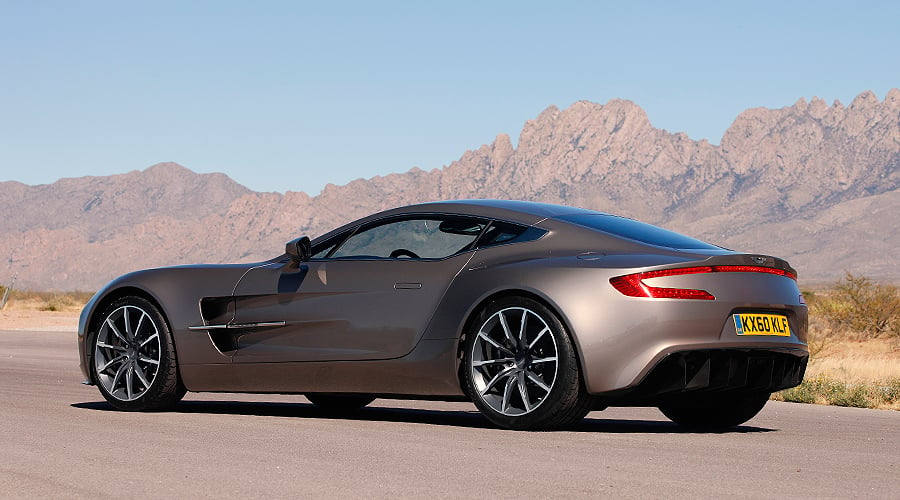
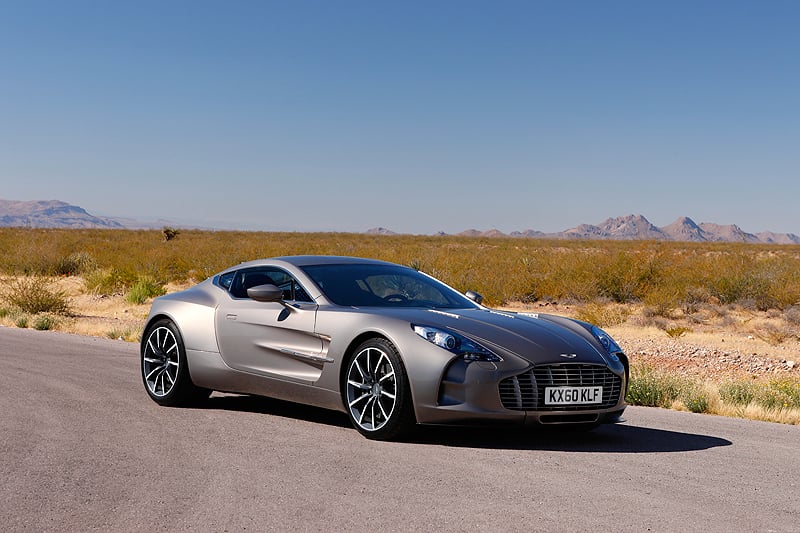
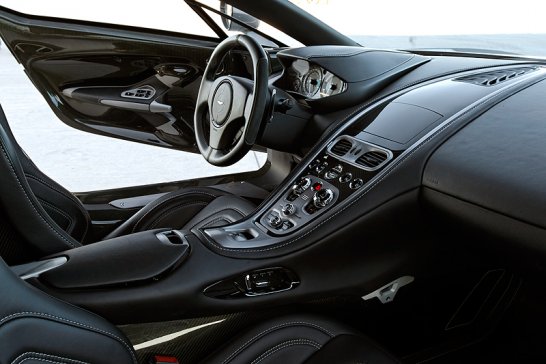
Rather than a launch pad, Spaceport America has a 10,000-foot long, 200-foot wide concrete runway for the twin-hull ship that carries the actual spaceship under its central wing to an altitude of 52,000 feet, where the spaceship ignites its rockets and ‘launches’ into space.
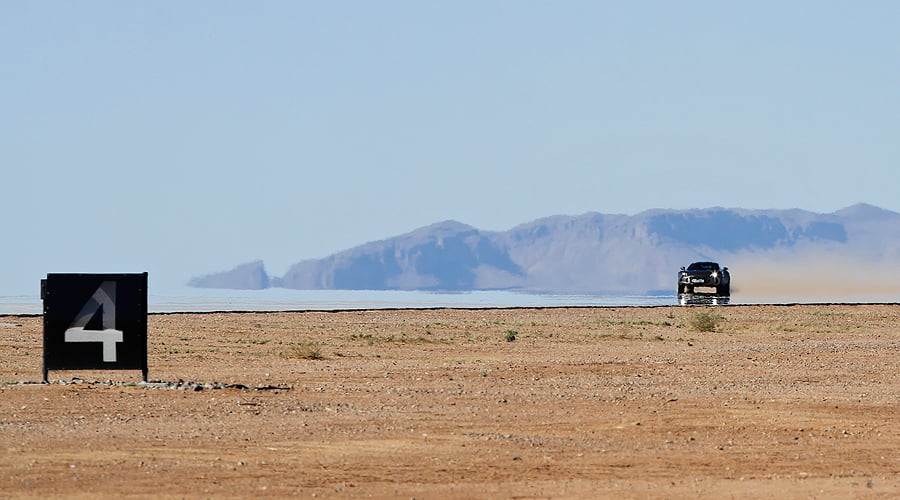
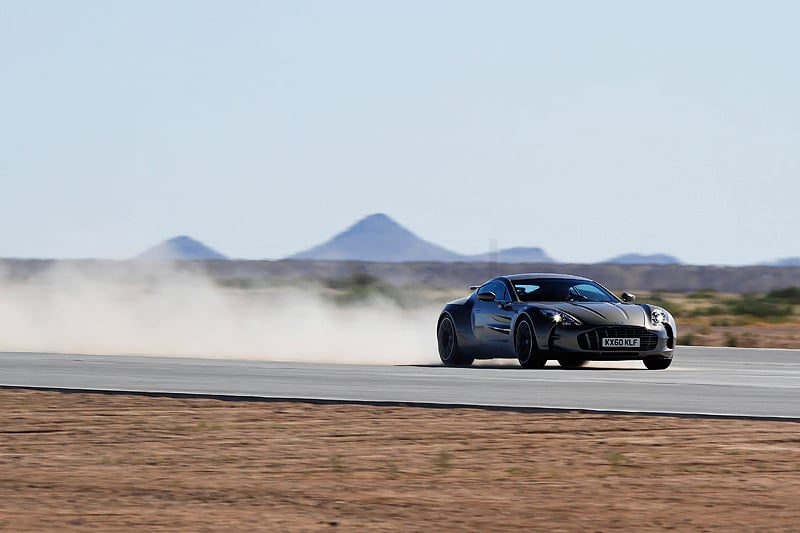
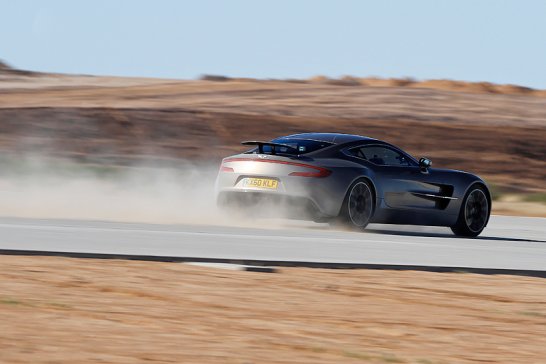
While Classic Driver might not be on board when Virgin Galactic launches its first official commercial space flight down this strip in a year or so (Sir Richard and his children have that honour), we were among the first passengers aboard Aston Martin’s 220mph, 750 horsepower road rocket, the limited-production One-77, on its maiden passenger-carrying trips down the Spaceport America runway.
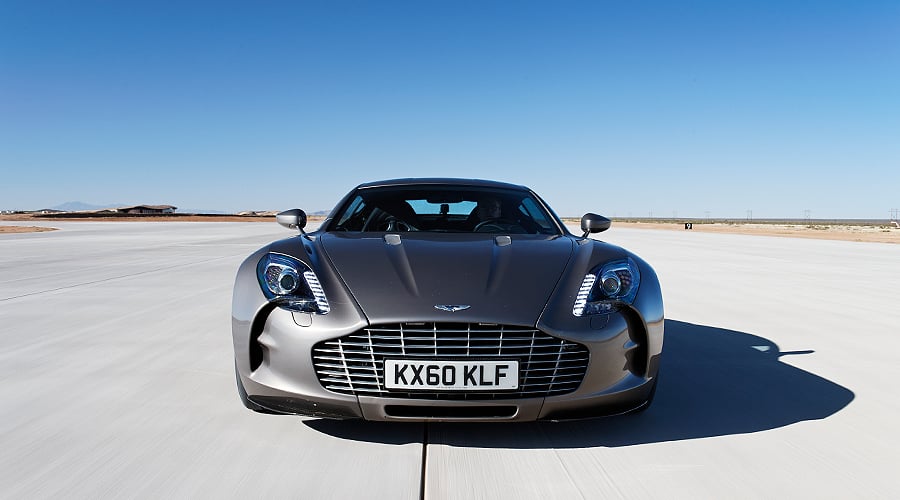
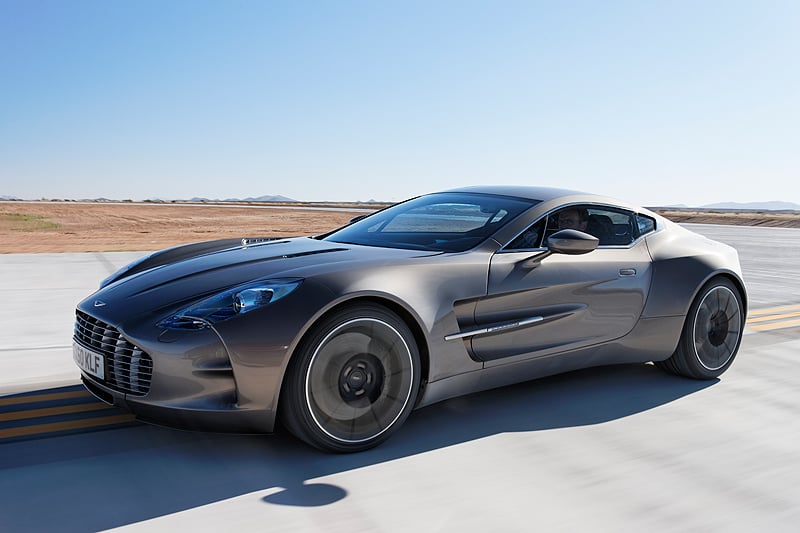
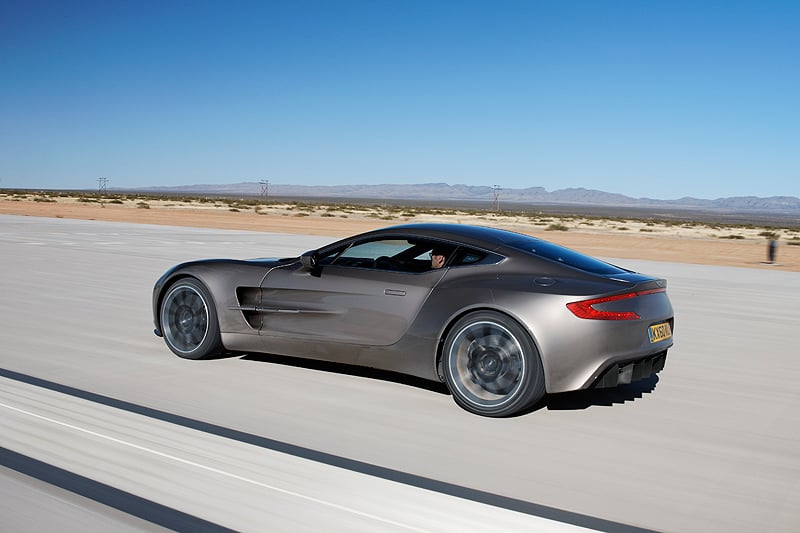
The One-77, which costs about five times the price of a space trip, is also more exclusive – with production limited to 77 cars; hence the One-77 moniker. It features a full carbonfibre monocoque with aluminum body panels and front mid-mounted 7.3-litre normally aspirated V12 engine, putting power to the rear wheels through a rear mid-mounted 6-speed automated manual gearbox.
Our ride, with Aston Martin Chief Engineer Chris Porritt at the controls of a prototype One-77, was one of the first offered to anyone outside (or inside) Aston Martin. Porritt has devoted his time to bringing the One-77 to life since the concept debuted in October 2007.
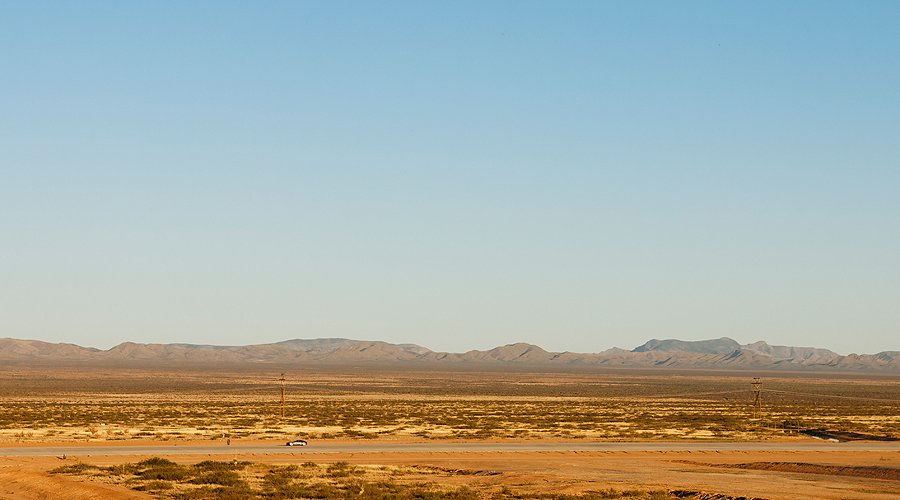
The One-77 is impressive in person, with an aggressive stance that squats menacingly low to the ground. One of Porritt’s goals was to give it what he calls “a nineties F1 car sound” and our ears confirmed he had hit his mark, when we observed it snarl away toward the runway, the exhaust rippling between shifts.
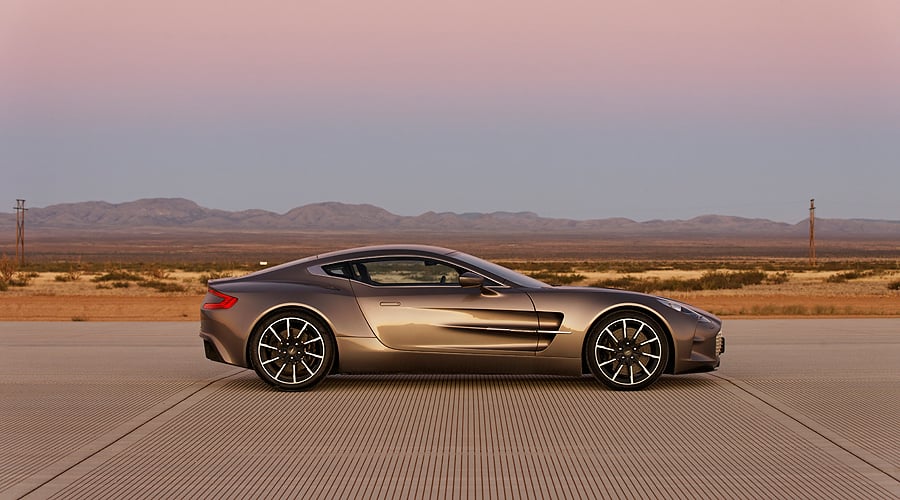
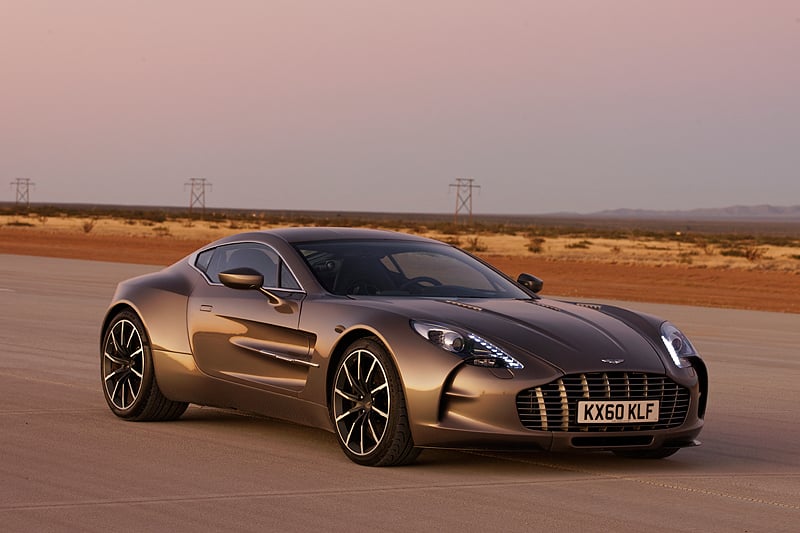
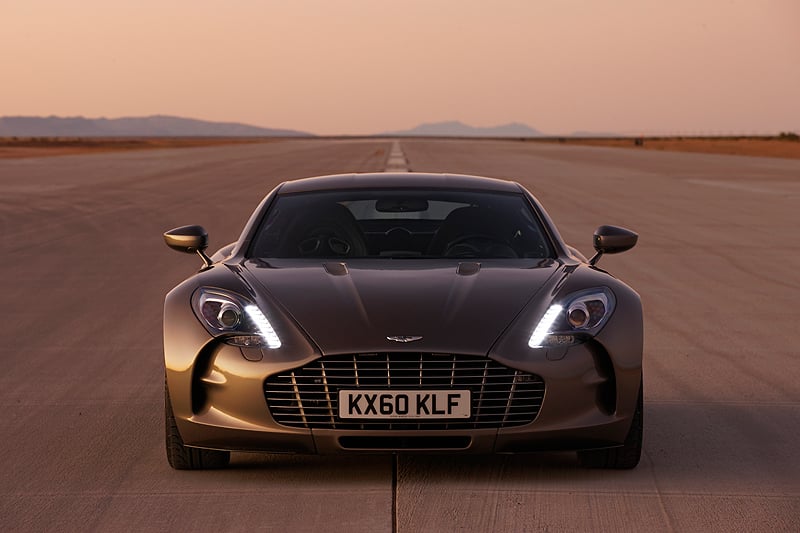
Things are tamer inside. The ride is smooth and quiet despite this prototype having racked up over 22,000 hard kilometres during durability testing. The leather and carbonfibre cockpit is commodious, with no wind noise despite our rapid acceleration to a 188mph top speed as Porritt serenely flicked his way through the gears. Braking was just as imperturbable.
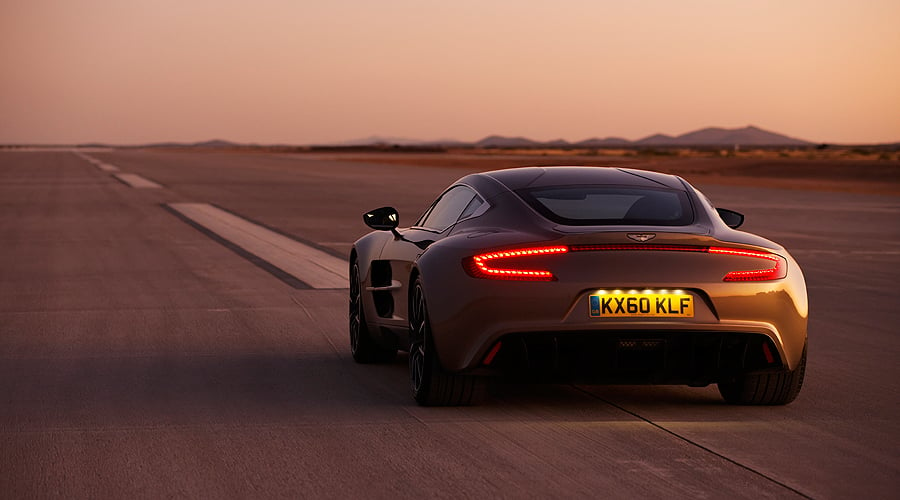
Weather conditions caused Porritt to wisely shut down early during the 30 passes he made, limiting his best run to 193mph.
We can’t wait to see if the One-77 will prove as impressive from the driver’s seat.
Text: Patrick C. Paternie
Photos: Aston Martin














